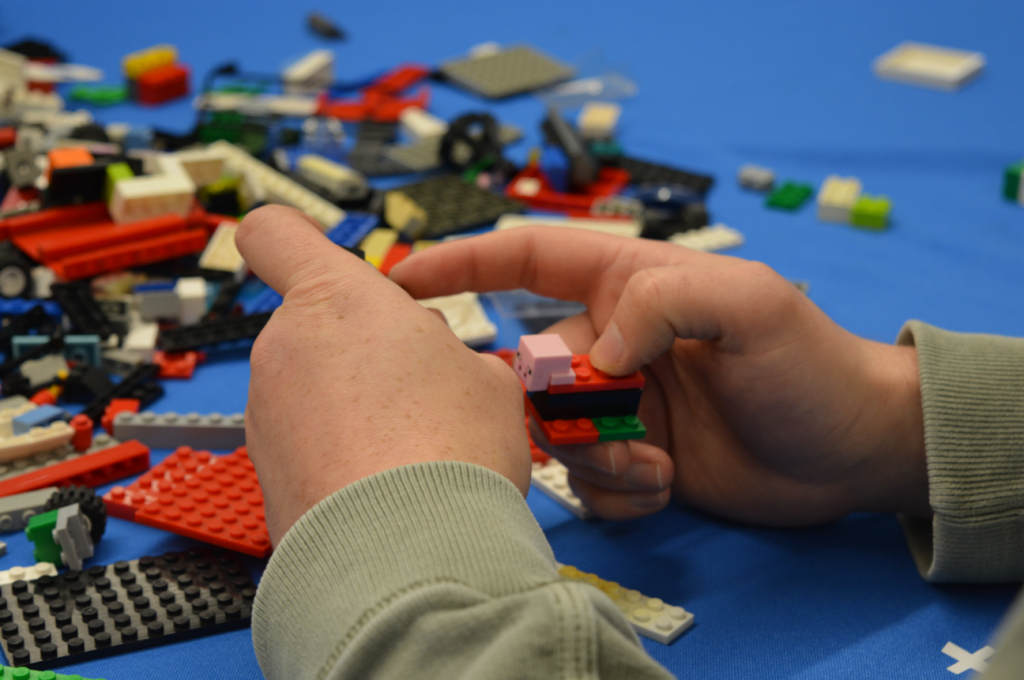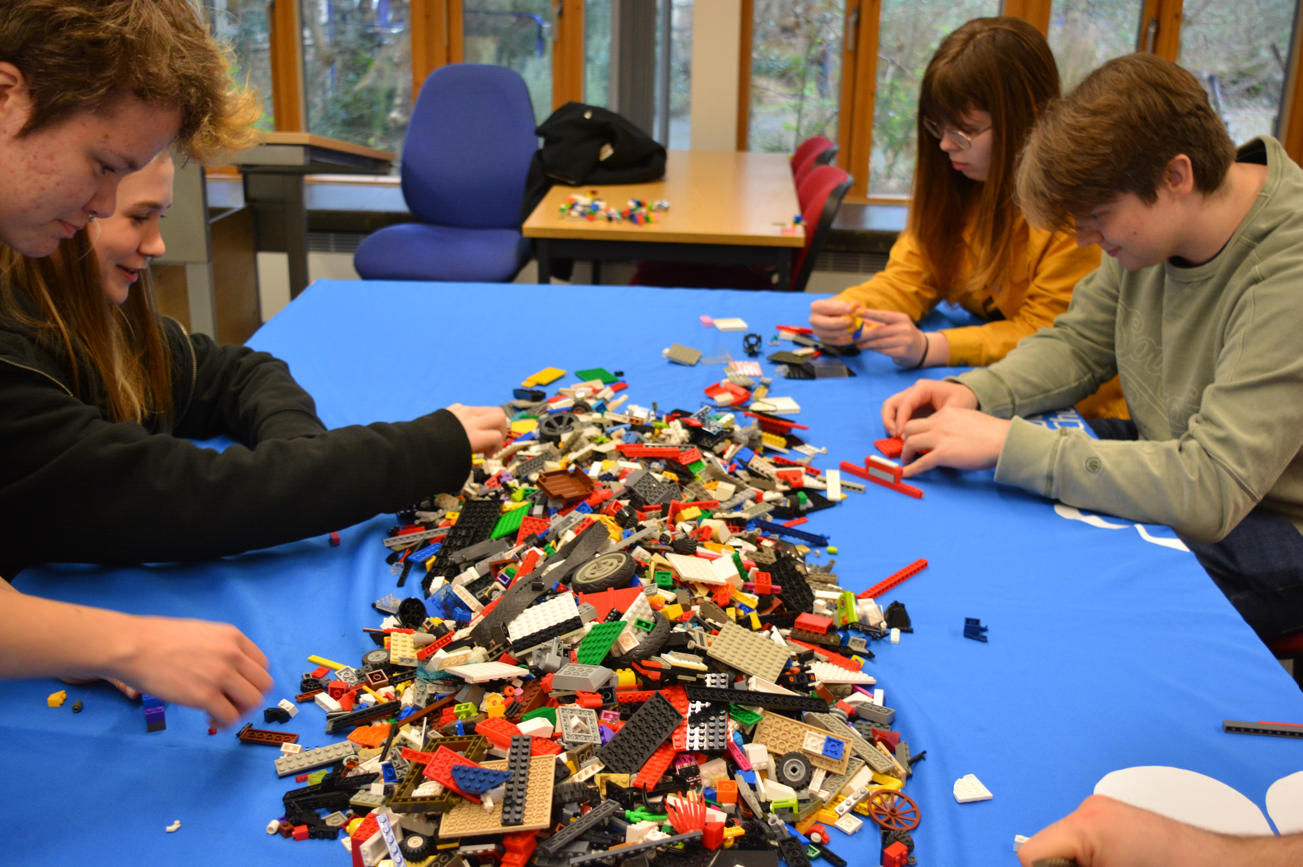Serious questions, Serious answers: A brief introduction to Lego Serious Play
We all know of Lego, the wonderful modular brick toy. Many of us have had Lego sets before and enjoy the wonderful experience of building, either from the instructions or embracing their inner master builder and creating custom models. How about meetings? Or seminars? We have all been to them where it might be difficult to come up with and communicate ideas, or get a word in edgewise. Combine Lego into a meeting and you get Lego Serious Play (LSP) with its unique ability for groups to explore their perceptions of different complex topics using simple modular bricks. LSP un-surprisingly needs Lego to work. Whether it be the hoity-toity expensive LSP-specific kits or if it comes from whatever you have to hand, both are equally viable roots for being used for LSP.
But why would someone want to use Lego to answer a question? That’s a very good question, I ask myself for you, why would they? LSP can be used with a number of different aims. Firstly it’s a more equitable way of getting answers from everyone at the table, as often 30% of the people do 70% of the talking. LSP tackles this by giving everyone a space to build something individually, giving them time to process and create a model that reflects their response. By using Lego to answer questions it interrupts typical ways of expression, and in doing so prompts more abstract and creative thinking.
But how? How does throwing some Lego on a table and telling people to answer the questions in Lego work?
First, it is a vector for social learning. As the session goes on, individuals will get to say their peace while also having time to reflect on their own and others answers and how they represent this in their models. Secondly, it is down to symbols and metaphors. One way of visualizing this is best shown by Tuan (1978), who plots a process of how metaphors are made, as without the explanation, LSP participants just make metaphors, and with them adding their explanation means they can be converted into symbols.

A key part of LSP is the questions; many questions don’t fit LSP’s format but can be adapted, often adding a personal focus. An example of this would be for the SGO’s inclusion talk event in 2023, in which participants were prompted to build ‘What disability looks like to them?’, proving that their thoughts and feelings are welcome, rather than ‘What does disability look like?’, which is asking more to build a disabled person. A small change, but a big difference.
So, you have your Lego, and you’ve asked your question, now what?
You give them time to build; during this build time, people have the time to process and reflect on the question being asked while building their model, assigning meaning to parts as they go. Now everyone has built a model, yay. Everyone goes around and explains their model, where people can ask the amazing question of “what does this mean?”. Depending on the type of question, LSP can stop there, but not always and personally, the next bit is my favorite.
Now you have a table covered in explained models, it’s time to make connections. The group has to work together to connect all their models and make one big community model, taking influence and parts from every model within the group to create a model of the group’s common ground, where all members are represented in the answer.

So that’s how LSP works… cool… but why is it in a sustainability blog? Often other methods of getting a group’s thoughts have flipchart paper and pens tossed across rooms. Across this university, how many of these do you think have happened this week? Lego itself is sustainable by design, as seen by how original bricks can still connect to the ones being made today, Lego and Duplo (big Lego) connect, and the Lego Group have successfully pushed for sustainable practices, evidenced by the zero-landfill waste in 2022 and the 200+ types of bricks that are made from recycled plastic waste (Lego Group, 2022). Collectively LSP, reflection and learning live pretty harmoniously together.
Would you want to add it to your roster of different ways of asking a simple question to get not-so-simple answers? Or as a way for people to authentically learn from each other in a creative and abstract way?
By Maximus Clinch, former SGO Project Officer
References:
Lego Group (2022) ‘Sustainability Progress’. The Lego Group. Available at: https://www.lego.com/cdn/cs/sustainability/assets/blt8d469718b2353f05/LEGO_Sustainability_Progress_Report2022_FINAL.pdf (Accessed: 15 April 2023).
Tuan, Y.-F. (1978) ‘Sign and Metaphor’, Annals of the Association of American Geographers, 68(3), pp. 363–372. Available at: https://www.jstor.org/stable/2561974 (Accessed: 18 April 2023).
 Sustainability
Sustainability Bethany Climpson
Bethany Climpson 1739
1739


